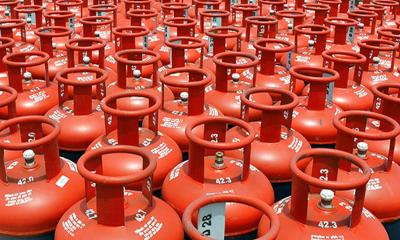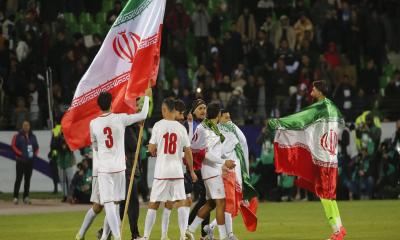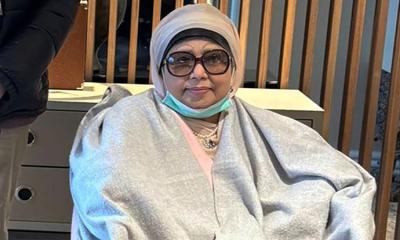Prime Minister Sheikh Hasina has opened the much-anticipated 6.15 kilometer Padma Bridge for vehicular movement which will bring a massive progress in road connectivity of 21 south and southwestern districts with capital Dhaka and other major cities.
Marking the grand opening of the bridge, a festive mood is prevailing in the country, particularly in the southern and southwestern region which will be directly facilitated through the major road connectivity.
The premier earlier joined the Padma Bridge inaugural ceremony at Mawa point in Munshiganj at 10 am.
As per the premier’s programme schedule, she also unveiled commemorative postage stamps, souvenir sheets, opening day cover and seals at 11am at Mawa point to mark the grand opening of the country’s biggest self-financed mega project which is likely to boost GDP by 1.2 to 2 percent.
Prior to that, she left Tejgaon Airport, Dhaka at 9.30am by a helicopter to join the programme at Mawa point.
The Prime Minister formally opened the Padma Bridge by unveiling the inaugural plaque and mural-1 after paying toll at the Mawa point at 11.12am. She also joined a munajat there.
She begins her journey for Jajira point in Shariatpur from Mawa point by road crossing the bridge at 11.23am.
The premier will reach Jajira point at 11.45am and unveil the inaugural plaque of the bridge and mural-2. She will also join a munajat there.
Sheikh Hasina, also Awami League president, will join a public rally of the party marking the opening of the bridge at Kathalbari under Shibchar upazila in Madaripur district at 12 noon.
The premier will start for Dhaka from Jajira point by helicopter at 5.30pm.
Padma Bridge became visible with the installation of the first span on 37th and 38th number pillars on September 30, 2017.
Later, all 41 spans were installed on 42 pillars one after another. The entire structure of the multi-purpose 6.15 kilometer Padma Bridge became visible with installation of its last 41st span on December 10, 2020.
According to project details, the construction of the main bridge was carried out by China Major Bridge Engineering Company (MBEC), a Chinese contractor Company, and the river treatment was done by Sino Hydro Corporation of China.
The self-financed bridge project was implemented at the total cost of Taka 30,1933.7 crore.
The cost of main bridge construction is Taka 12,133.39 crore (including Taka 1000 crore for 400 KV transmission line tower and gas line) and the cost of river training works (RTW) of 13.8km is Taka 9,4000.0 crore.
Construction cost of the 12km approach roads with toll plaza and SA- 2 is Taka 1,907.68 crore (Including 2 toll plazas, 2 thana buildings and 3 service areas) while cost of resettlement is Taka 1,515.00 crore, acquisition of 2693.21 hectors land Taka 2,698.73 cr, environment Taka 1290.3 crore, consultancy Taka 6783.7 crore and others (Salary, Transport, CD VAT and Tax, PoE, Physical and Price Contingency, Interest etc.) Taka 1,731.17, according to project details.
The first span of the Padma Bridge was installed at the Janjira point of Shariatpur on October 7, 2017.
The construction works began in December, 2015 as the premier inaugurated the river training work and main construction works of Padma Multipurpose Bridge project at Jajira point in Shariatpur district on December 12 in 2015.
The Prime Minister formally laid the foundation stone of Padma Bridge at Mawa in Munshiganj on July 4 in 2001.
After the Awami League formed government in 1996, she visited Japan in 1997. She proposed building bridges over the rivers Padma and Rupsha. The Japanese government agreed to construct bridges over the two rivers. As river Padma is a mighty river having strong current, Japan began Padma River surveying and they began construction works on river Rupsha at her request.
In 2001, Japan submitted the survey report to Bangladesh on construction of a bridge on river Padma. In the Japanese survey, Mawa point of Munshiganj was selected as the site for Padma Bridge construction.
On the basis of the survey, the premier formally laid the foundation stone of Padma Bridge at Mawa in Munshiganj on July 4 in 2001.
But Awami League could not come to power in 2001 elections. After assuming power, the BNP-Jamaat alliance government stopped the bride construction programme at Mawa point and asked the Japan government to conduct survey again for Padma Bridge at Aricha point in Manikganj.
After surveying for second time, Japan submitted report specifying Mawa point as site for Padma Bridge construction.
After assuming power in 2009 again, the AL government included Padma Bridge construction in the list of highest priority.
On the 22nd day of assuming office, New Zeeland based consultant firm Monsel Eicom was appointed to prepare complete design of Padma Bridge.
At the outset, railways facility was not in the bridge project. As per the order of the premier, the final design of the bridge was prepared keeping railways facility.
The design was finalized by 2010. In January next year, DPP was revised. Due to revision, the project cost stood at Taka 20,507 crore. There were several reasons behind the increase of cost. At the beginning, the length of main bridge was 5.5 kilometer which was later increased to 6.15 kilometer.
In the first DPP, the design was made keeping space for vessel movement beneath three of 41 spans of the bridge. Later, the DPP was revised where scopes for vessel movement beneath 37 spans were added.
Rail connectivity having capacity of bearing much weight was added in the revised DPP. Instead of concrete, ispat or steel infrastructure was added.
Much depth was also adopted for pilling work of the bridge construction. Rehabilitation cost of the people who faced losses (due to land acquiring) also increased.
In 2016, when the cost was increased, contractors were appointed for all works including construction of main bridge and river treatment. Meanwhile, Bangladesh currency depreciated by Taka 9 against US dollar. Works of river treatment for 1.3 kilometer was added afresh.
The cost which was estimated for appointing contractors in main bridge construction, river treatment and approach roads construction increased by around Taka 8,000 crore.
Besides, costs of land acquisition increased, shifting of ferry ghat required costing and Army was deployed to ensure security.
The government has already announced the rates for using the Padma Multipurpose Bridge.
On May 17 last, the Bridges Division under Road Transport and Bridges Ministry issued a gazette notification in this regard.
According to the gazette notification, a motorcycle will have to pay Taka 100 while a car and a jeep Taka 750 to cross the 6.15-km long bridge.
As per the toll chart, Taka 1,200 has been fixed for a pickup, Taka 1,300 for a microbus, Taka 1,400 for a small bus (31-seat), Taka 2,000 for a medium-size bus (over 32-seat) and Taka 2,400 for a large bus (three-axel).
Besides, Taka 1,600 has been fixed for a small truck (up to 5 tons), Taka 2,100 for a medium truck (5-8 tons) and Taka 2,800 for a truck weighing 8-11 tons, Taka 5,500 for a truck (up to Three-axel), Taka 6,000 for a trailer (four-axel).
The notification also said that Taka 1,000 will be added to Taka 6,000 for each axel of the trailer when it will be over four-axel trailer.
The government on Wednesday issued a press release saying ferries on Shimulia-Majhirkandi and Kathalbari routes will remain closed from 12:00 noon today to 6:00 pm on June 25 marking the Padma Bridge opening.
Beside, Mayor Hanif Flyover, Postogola Bridge and N-8, a National Highway between the capital Dhaka and the town of Patuakhali, will also remain closed during the period.
However, the people been have asked to use Babu Bazar Bridge and its adjacent roads for movement.




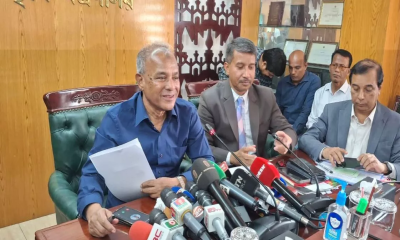

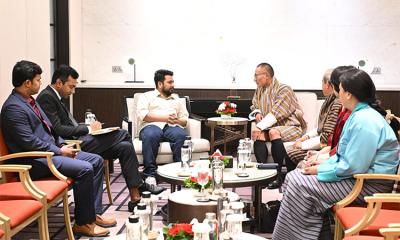
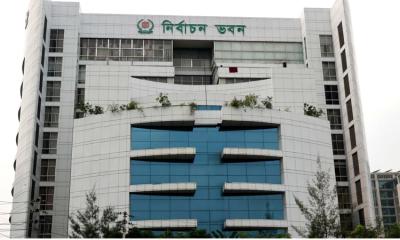
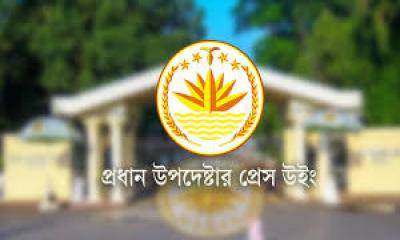
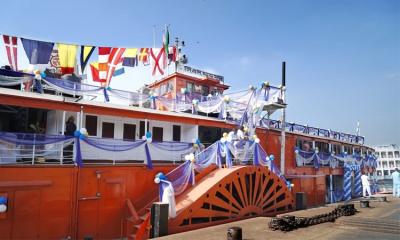
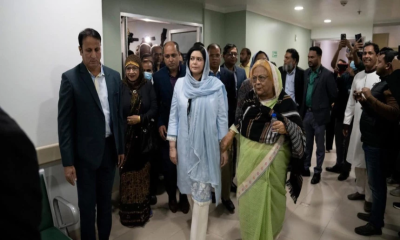
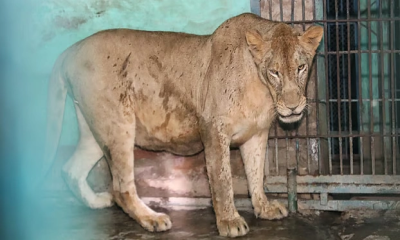
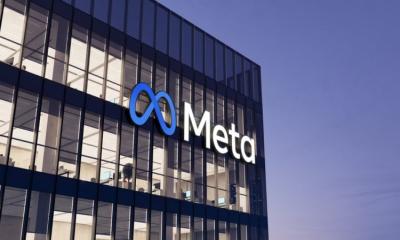
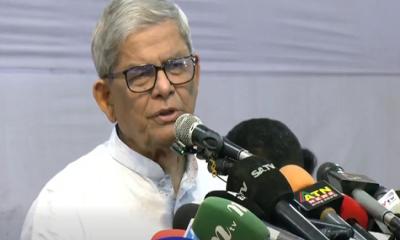
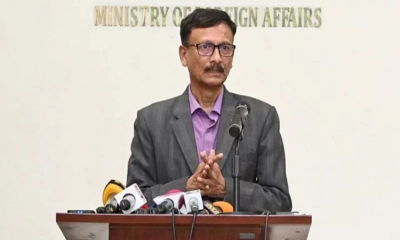
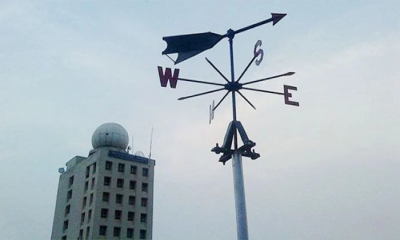
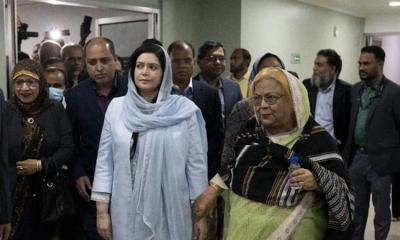
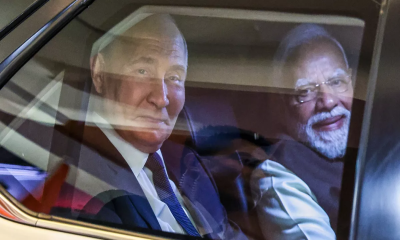
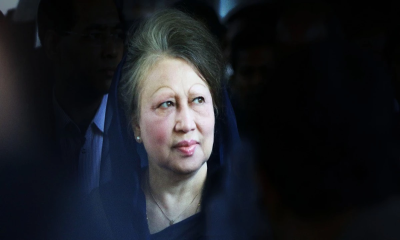
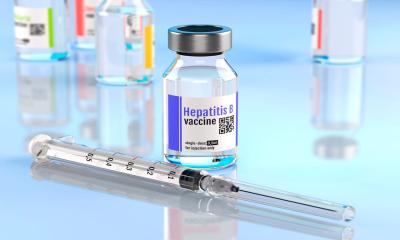
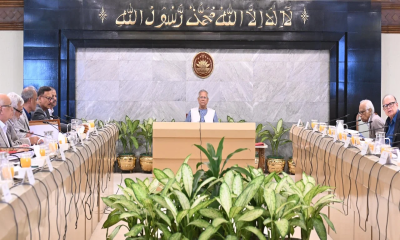
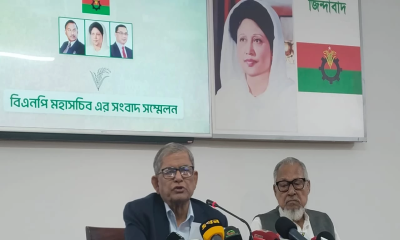


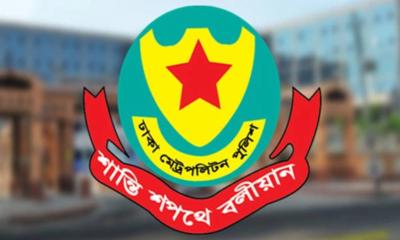
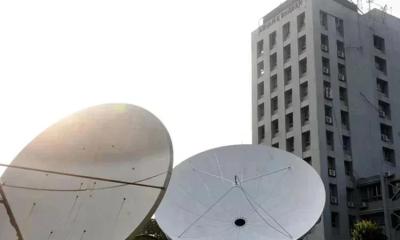

-(25)-20251122062715-20251202031751.jpeg)
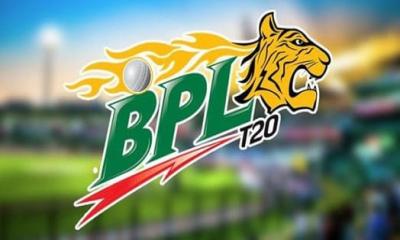

-(25)-20251122062715-20251204041734.jpeg)
-20251128190511.jpeg)


